Many new moms feel lost trying to find safe and fun ways to help their baby grow. Mommy and Me Classes bring parents and young children together through sensory play, music, swimming, and more.
This blog will show you seven key benefits of these classes and give simple tips for finding the best fit for your child’s development. Keep reading if you want stronger bonds and happier family time!
Key Takeaways
Mommy and Me classes help babies grow social, motor, and language skills through music, movement, art, and STEM activities for ages 0 to 5.
These classes build strong bonds between parents and children by using group routines like singing songs, sharing stories, and teamwork games.
Parents find support from other caregivers in class; many families make lasting friendships that go beyond the sessions.
Different types of classes—such as fitness yoga (starting at 8 weeks old), sensory art projects, or simple science lessons—fit various interests and ages.
In 2025, more Mommy & Me options will offer both virtual meetings with interactive tools and in-person events at local health centers or libraries for broader access.
Table of Contents
Benefits of Mommy and Me Classes
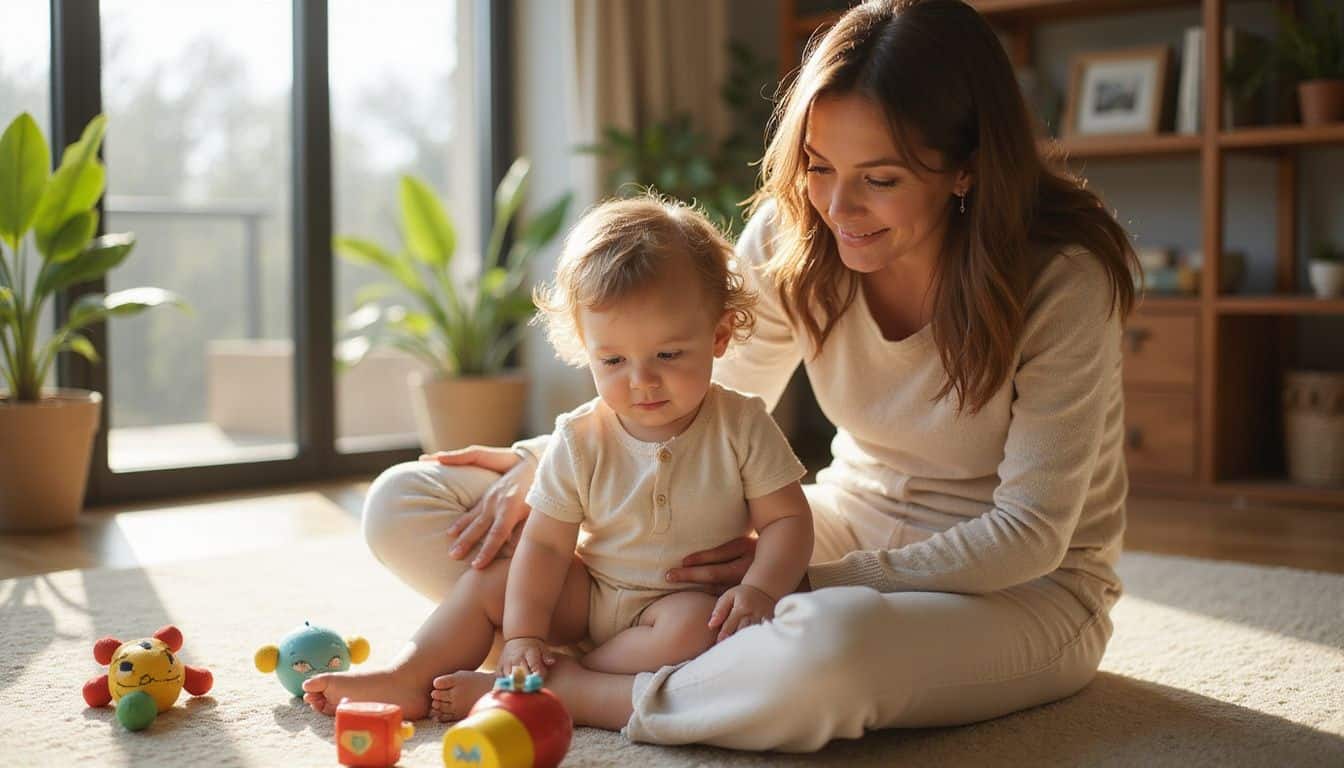
Mommy & me classes help babies and younger children boost attention, memory, and pattern recognition through fun activities. These group sessions also support child development by teaching baby sign language, building fine motor skills, and deepening emotional attachment between parents and little ones.
How do Mommy and Me classes strengthen the parent-child bond?
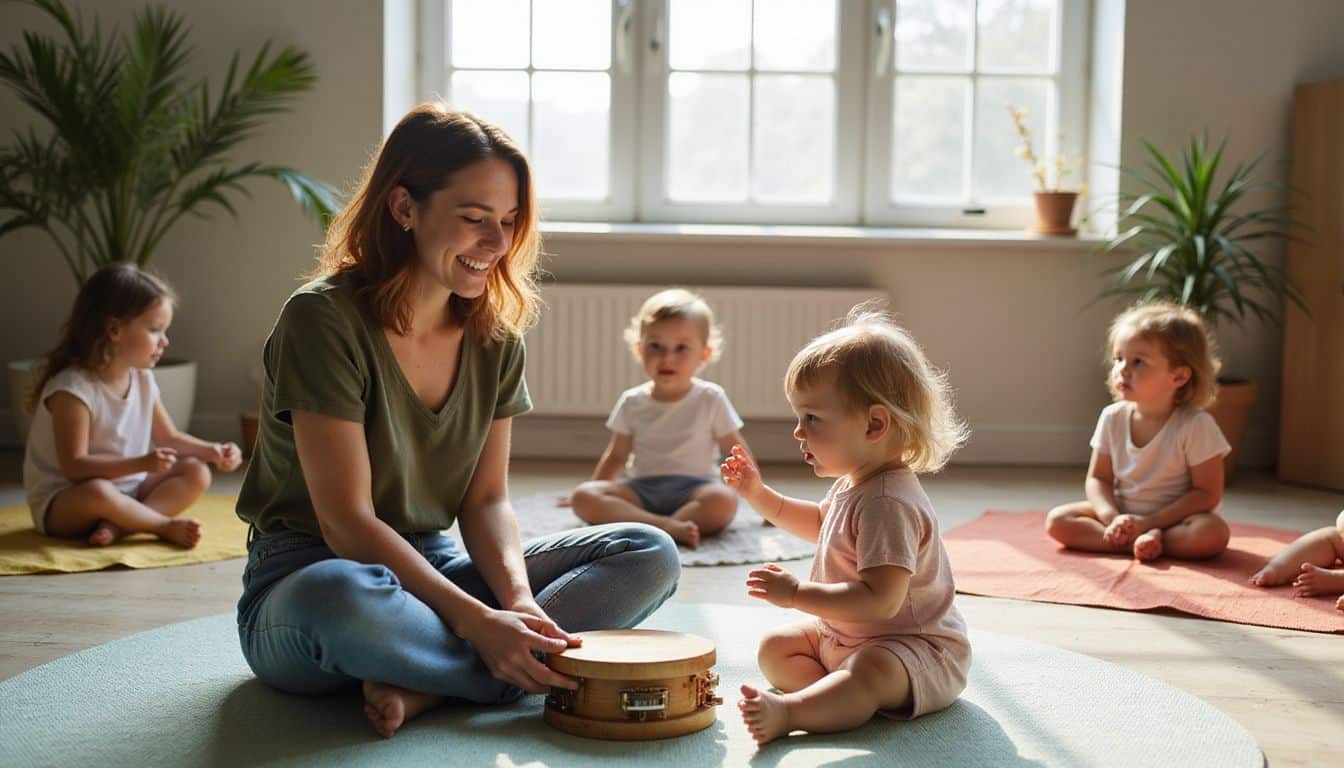
Join mommy-and-me classes: Structured activities set the stage for rich, meaningful moments between parents and children. Classes like music engagement or baby sign language create space to sing, clap, move, and share eye contact together.
These shared experiences boost attachment and trust in babies as young as newborns. Sensory play such as parachute games or holding hands during lullabies helps little ones connect with their caregivers while building fine motor skills.
Instructors often guide pairs through simple tasks that encourage teamwork, letting both adults and kids feel heard.
Personal stories show lasting results. My own child smiled his biggest smiles during Mommy & Me dance routines; those songs soon became part of our morning routine at home. Mindfulness exercises help everyone pause; breathing together calms nerves on tough days too.
Parents find emotional support from others who understand ups and downs of child development firsthand. Many families form close friendships that go well beyond class time, creating a strong community network around parenting techniques and growing little minds side by side.
Nothing brought me closer to my daughter than moving together in class with other moms—those are memories we both keep close.
How do these classes enhance early development skills?

Singing songs and reading stories in class help kids grow strong communication skills. Lullabies, nursery rhymes, and simple games give children new words to use each day. During group time, little ones learn how to express their emotions with words, faces, or gestures.
In my own experience at a local music class, I watched my toddler clap along as the teacher counted out loud; this helped her pick up both rhythm and basic numbers.
Movement-based activities like dancing or jumping support better motor skills. Activities such as sorting blocks by color or shape build cognitive processing abilities right from an early age.
Sensory games—like feeling soft scarves while listening to a gentle lullaby—let toddlers explore their world in fun ways. Parents also model kindness during sharing tasks so kids understand social cues early on.
Every week brings new chances for growth through play that feels natural but packs real learning power for young minds.
How can parents and children build a social network through these classes?
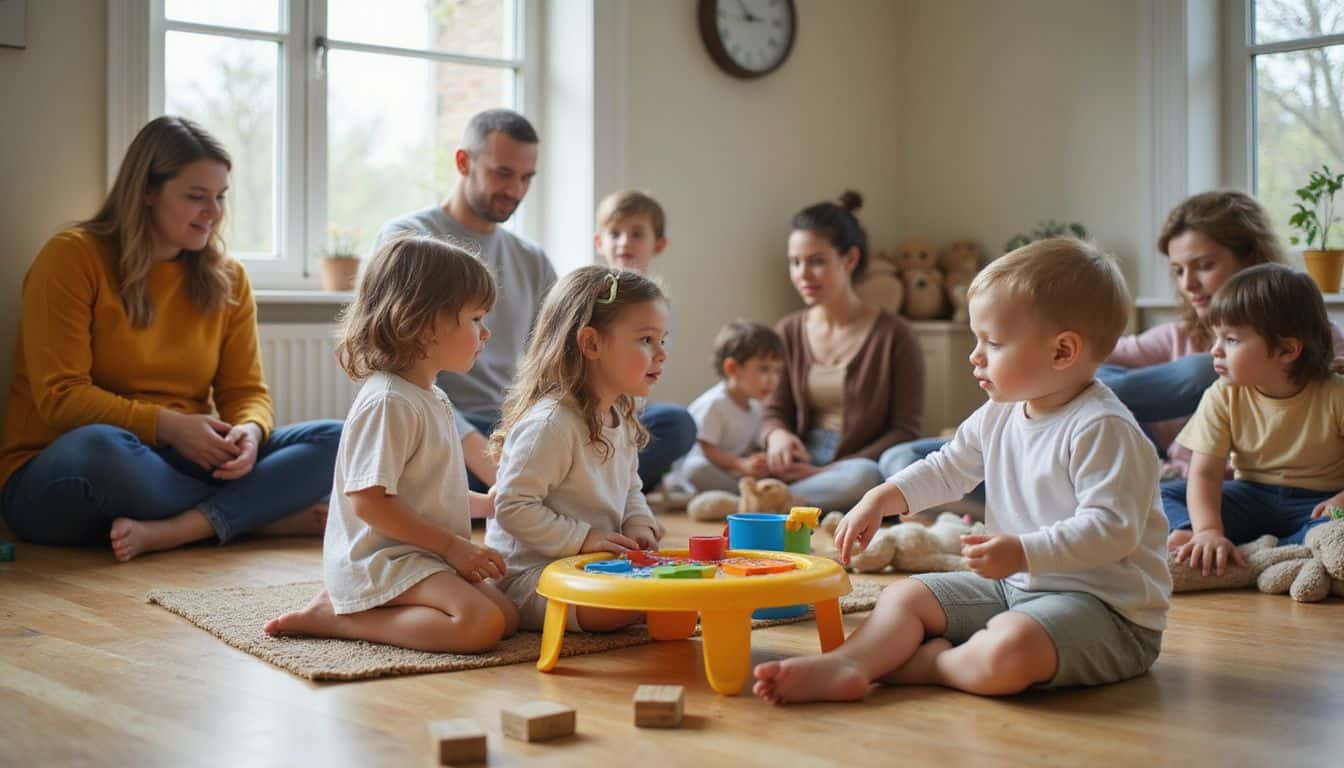
Parents meet other caregivers in these classes and chat before or after activities. Over time, friendly faces become friends, sometimes even forming group chats to share tips about parenting or local events.
Infants get a chance to interact with other babies through shared toys and group games; this helps them practice social skills early on. Classes often include singing circles or storytime where parents and children sit together, which encourages teamwork among families.
For many moms, joining dancer groups in Mommy and Me sessions adds another layer of connection—movement brings laughter and makes it easier to bond. I met one of my closest friends at a yoga-based Mommy and Me class back in 2022; we planned playdates that turned into family friendships.
Shared experiences like messy art projects or simple picnic days also help create lasting support networks for both generations involved.
Consistent participation can turn weekly meetings into a real community full of encouragement, shared resources, and honest conversations—sometimes including the concept of a ‘mean mommy‘.
Different types of classes bring unique ways for kids and adults alike to connect next time you join one. Now let’s look at popular kinds of Mommy and Me options available today, from music activities to STEM adventures.
Types of Mommy and Me Classes
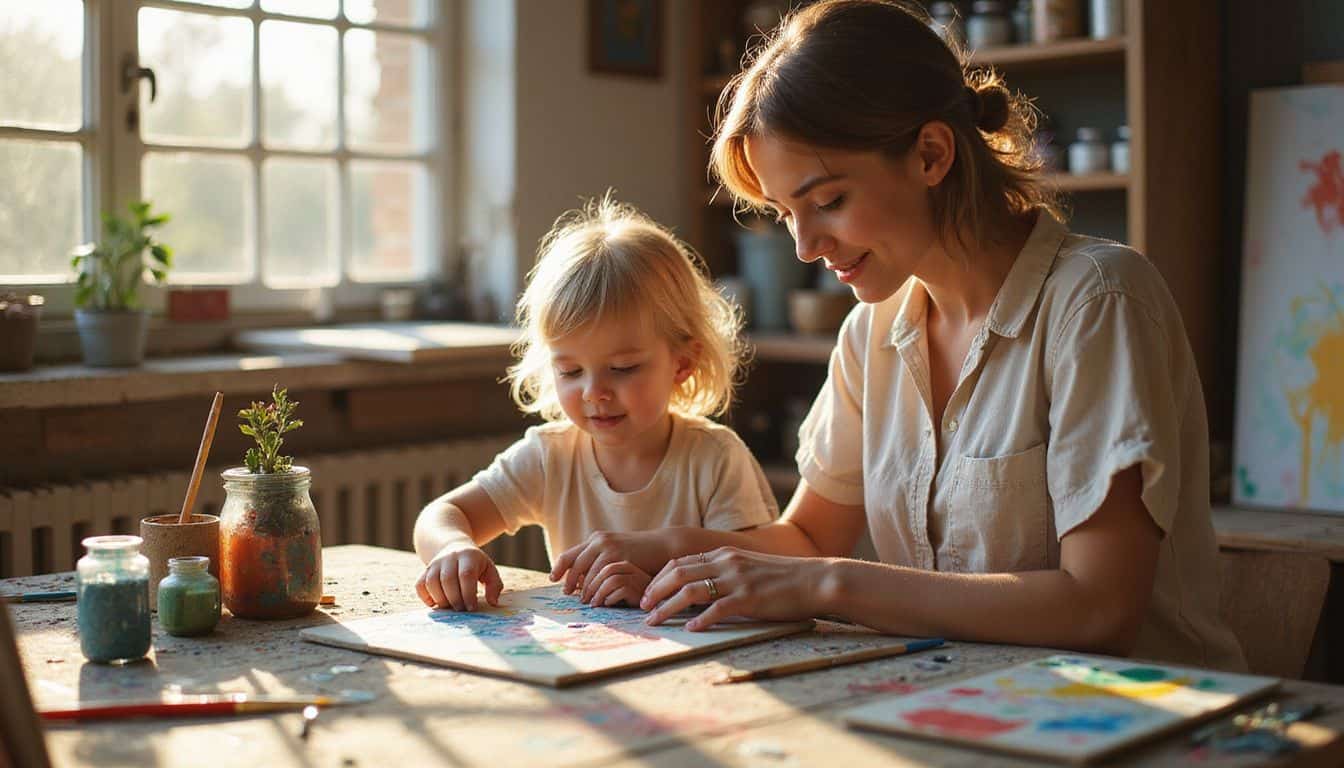
You will find all sorts of Mommy and Me classes—some focus on music, art, movement, or fun science projects. Each type lets you and your child play, learn new things together, and meet other dancers who love to move and create.
Music and movement classes
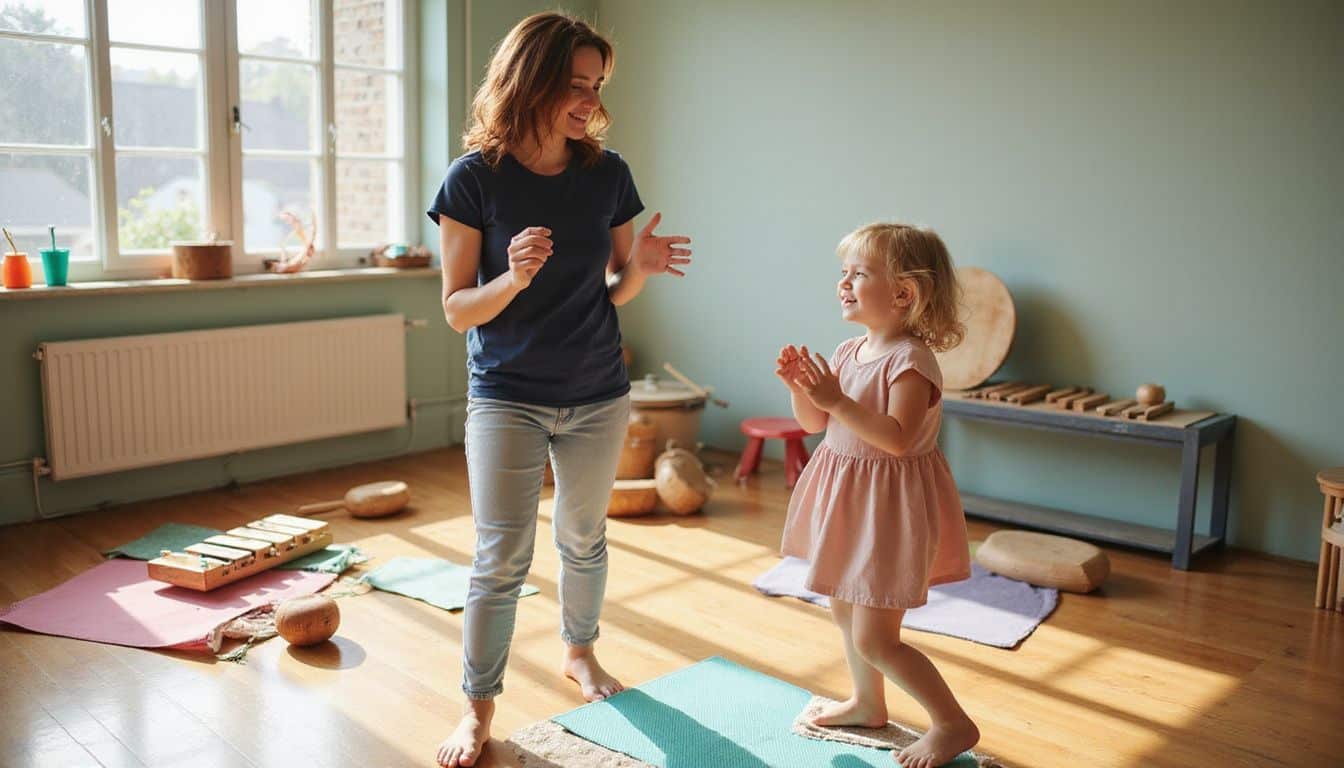
Music and movement classes create a fun space for little ones from ages 0 to 5. Children clap, tap, wiggle, and move with their parents or other caregivers. These sessions use group singing, simple instruments like shakers or drums, and gentle dancing to help tiny dancers boost brain development.
Each lesson is about 30 minutes long and packed with activities that build strong bonds while keeping things sensory-friendly for all.
No music experience is needed—just curiosity. Parents join in on tummy time with music or playful dance steps side by side with their child. Kids learn social skills as they make friends in the circle; laughter rings out as everyone moves together across the room.
Music connects hearts quickly and helps young children show feelings through sound and movement.
Art and creative expression classes
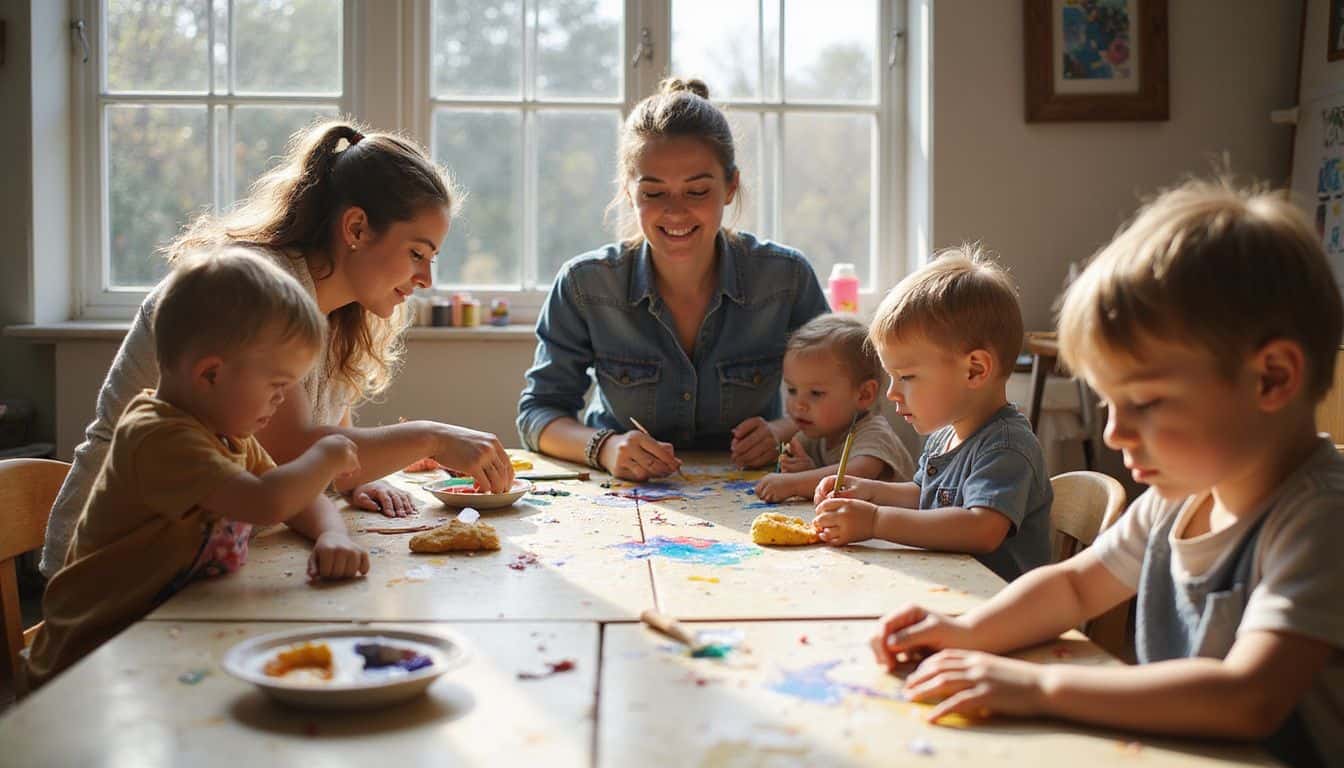
Just like music and movement classes spark joy, painting and crafts can bring out your child’s creativity. Art and creative expression classes use bright paints, soft clay, and colorful paper to help little ones explore shapes, textures, and colors.
These activities boost fine motor skills by guiding small hands through fun projects like finger-painting or gluing pieces of tissue paper into collages. Many programs include sensory tables where kids squeeze playdough or press sponges onto canvas—these simple actions build muscle control.
Teachers in these classes know early childhood milestones well. They encourage imaginative play that grows language skills as children talk about their art with parents or friends.
Such routines support cognitive development too; sorting beads by color or making patterns with blocks sharpens thinking. Moms often meet other women in the group while kids work side by side on crafts; this helps everyone build new friendships at the same time as their children learn to share supplies and ideas in an engaging environment designed for discovery.
Fitness and yoga classes
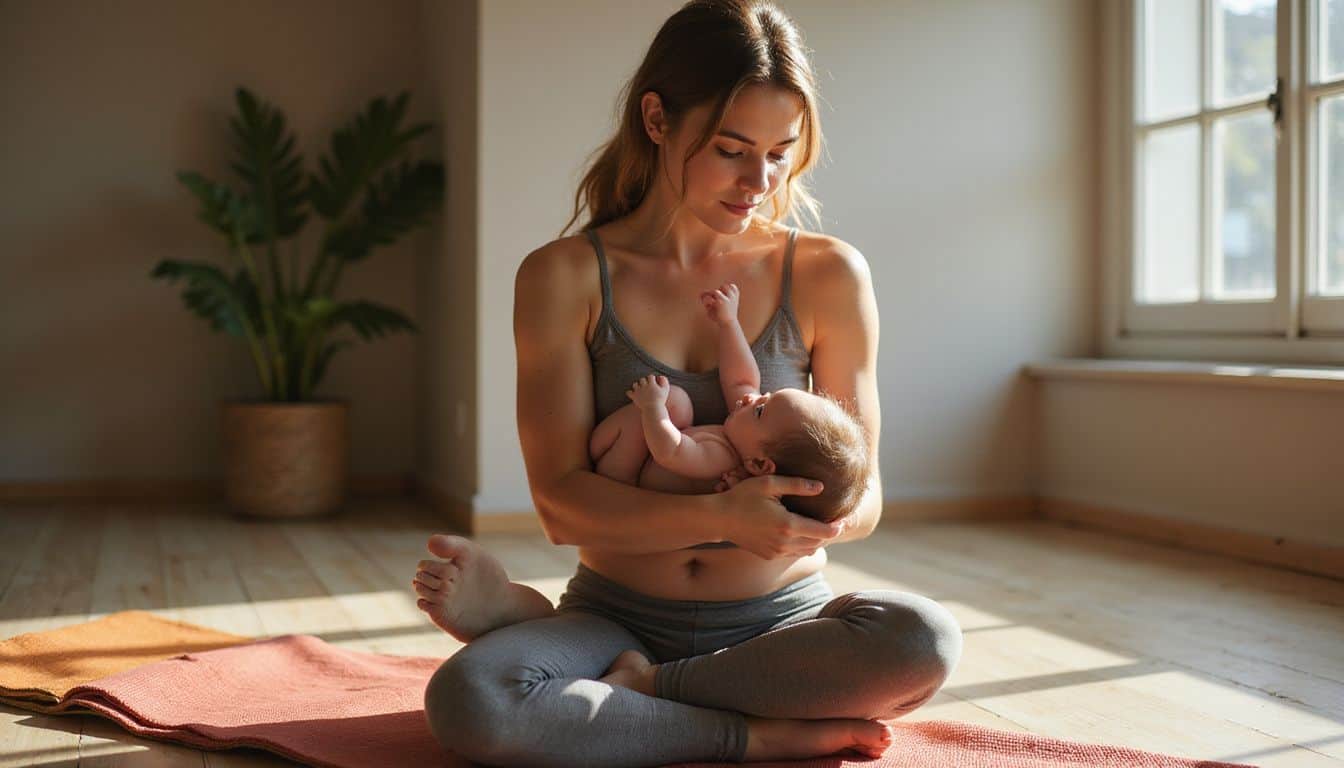
Fitness and yoga classes blend gentle movement with bonding time. Caregivers join babies in simple stretches, light exercise, and calming breathwork. Many start these activities with infants as young as 8 weeks old after talking to a doctor.
Teachers use songs, rhymes, and playful moves to keep everyone engaged.
These sessions help both parent and child feel better in body and mind. Gentle postures can boost baby wellness while also speeding up postpartum recovery for moms. Sleep often improves, stress drops, and parents report feeling less sad or overwhelmed after group exercise.
Educational and STEM-focused classes
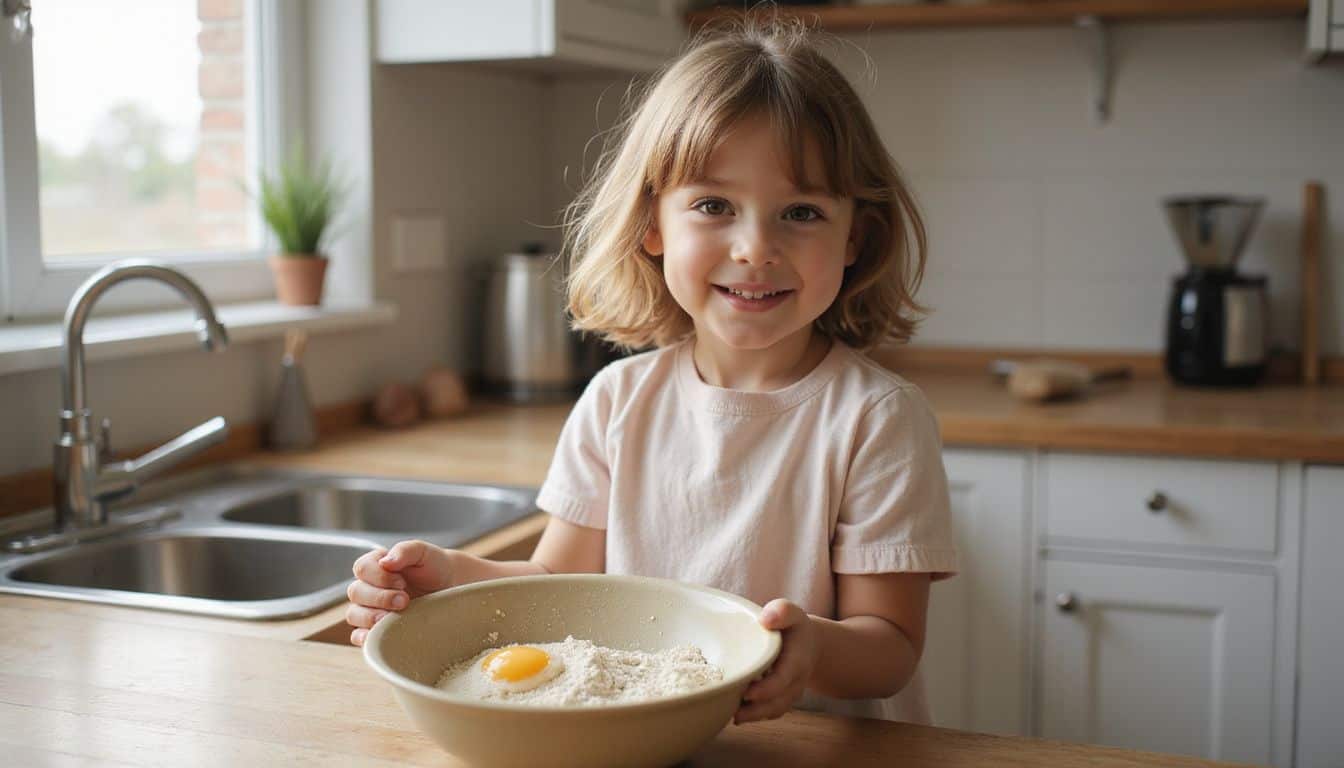
Programs like Tinkergarten and Taste Buds Kitchen turn learning into playtime. Children get to mix, measure, count, and explore with their hands. STEM activities help build motor skills as kids stack blocks or pour water while they learn about science and math.
Classes also help improve thinking skills because children ask questions and solve problems together.
I joined a local hands-on group with my daughter last fall. Watching her light up after building her first mini volcano made me realize how much fun learning can be at this age. Classmates often become friends too since parents chat while the kids work on projects.
Community centers offer budget-friendly options if you want to try sessions before signing up for a whole season.
“My three-year-old learned that baking is science,” shared another mom from our group, “and now she loves helping in the kitchen.”
What to Expect in a Mommy and Me Class
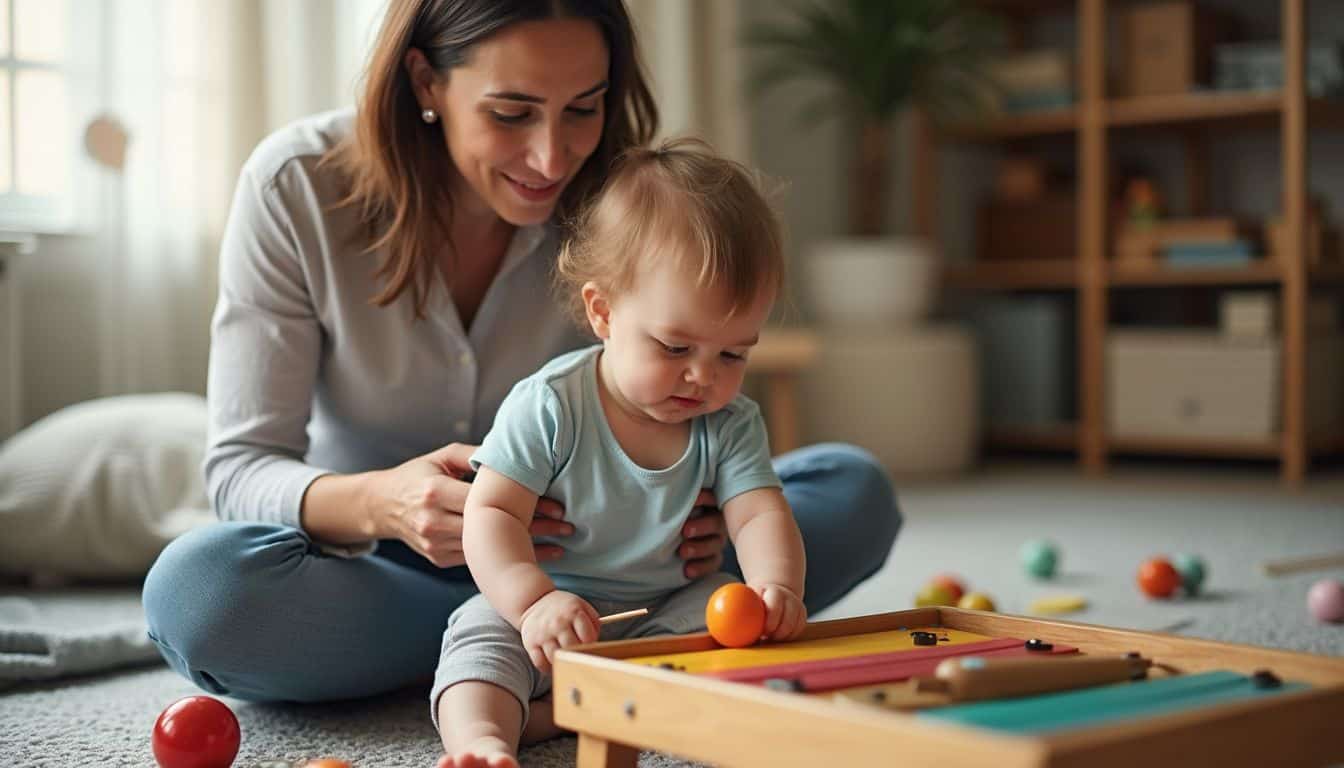
You will notice lots of hands-on activities, like singing with simple instruments or playing fun games together. Teachers use clear instructions and real-life objects to guide both you and your child through each lesson.
What are common group activities and interactive learning experiences?
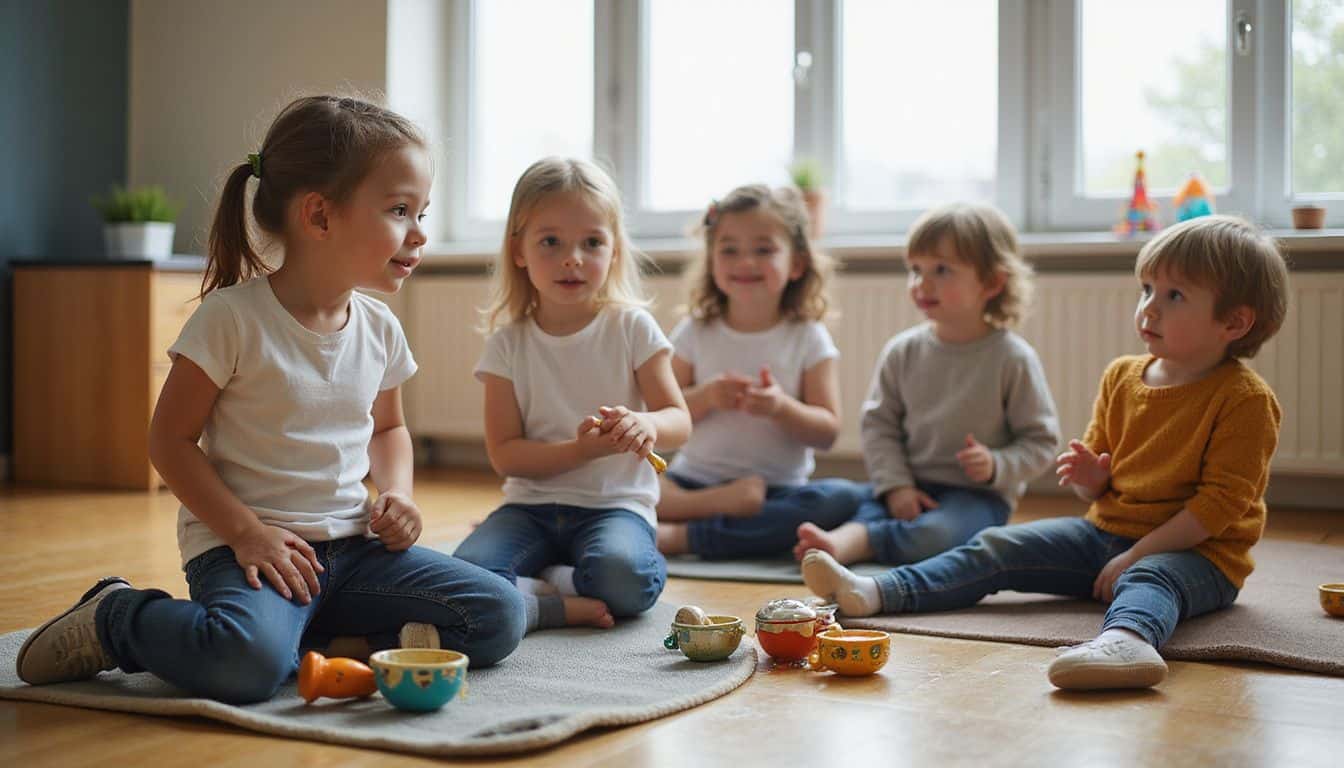
Music and movement activities fill the room with joy. Kids dance, sing, and play small percussion instruments like maracas or tambourines. Short games keep little ones’ attention while helping them learn new sounds and rhythms.
Storytime often follows, where children listen to simple tales or act out stories as a group with their parents joining in. Sensory bins appear next: soft sand, rice tubs, or water trays give tiny fingers something safe and interesting to explore together.
Arts and crafts tables become busy spots for painting, tearing paper, or gluing colorful shapes onto big sheets of paper. Teachers guide everyone through projects that suit each age group’s abilities—no two art pieces look alike! Group games using balls or hoops help toddlers build coordination while making friends side by side.
My little one loved building towers from blocks during educational play time; she learned problem-solving without even realizing it was a lesson. These structured but relaxed routines help families bond through laughter and learning every single class.
How does guided parent-child participation work?
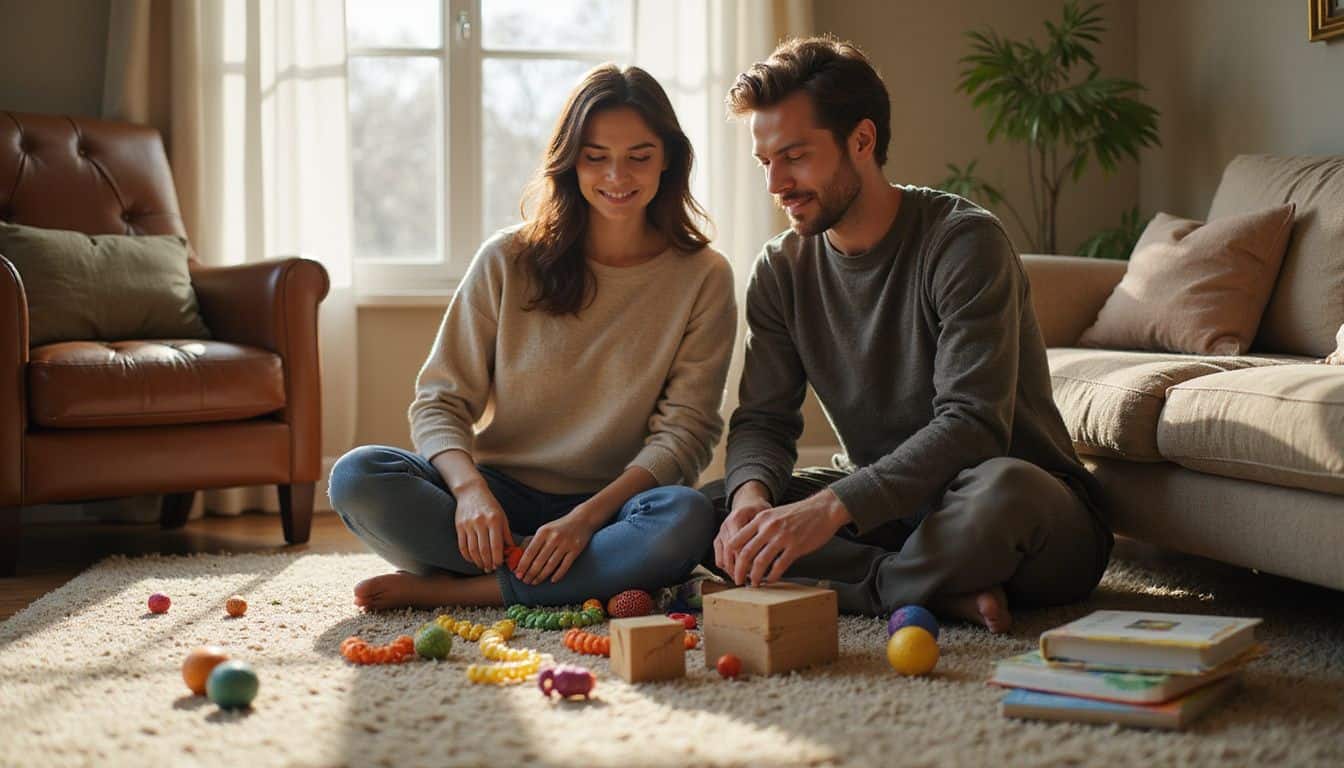
After hands-on group activities, guided parent-child participation gives each family a chance to interact closely. Instructors lead everyone through simple steps like tummy time, sensory play, or easy stretches.
I noticed in my own class that babies light up during these moments—parents follow along and match their child’s pace. This support makes each activity smoother and more fun for both.
Small-group settings let instructors watch how you and your child connect. They offer tips right when you need them, adjusting the activity if necessary. Expert-led chats happen often; parents share experiences or concerns during group check-ins while kids rest nearby with toys or books.
These classes create space for real bonding—and friendships—by keeping directions clear and giving lots of positive feedback as families participate together.
Tips for Choosing the Right Mommy and Me Class
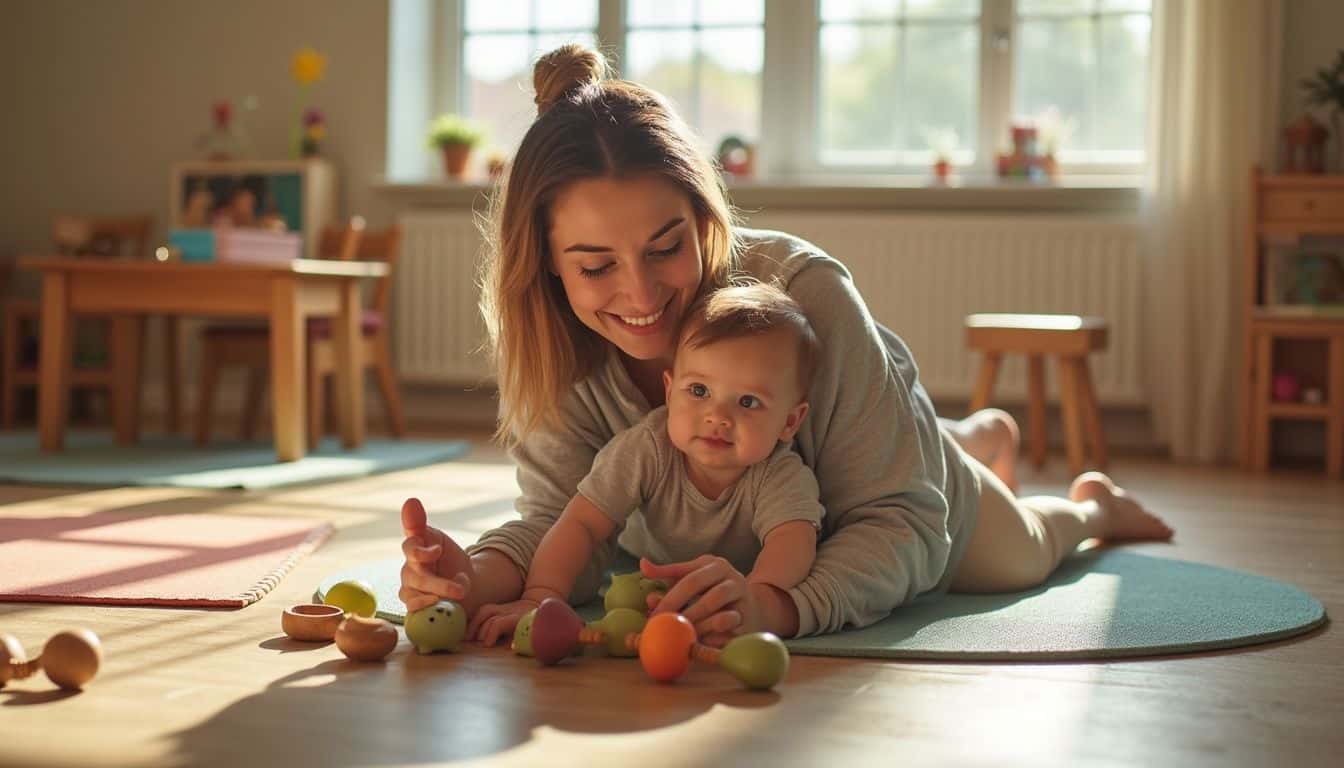
Picking the right class can feel tricky, but a few smart steps will help. Use online reviews and parent forums to compare classes—then visit in person to get a real sense of the group’s energy.
How do I consider my child’s age and interests when choosing a class?
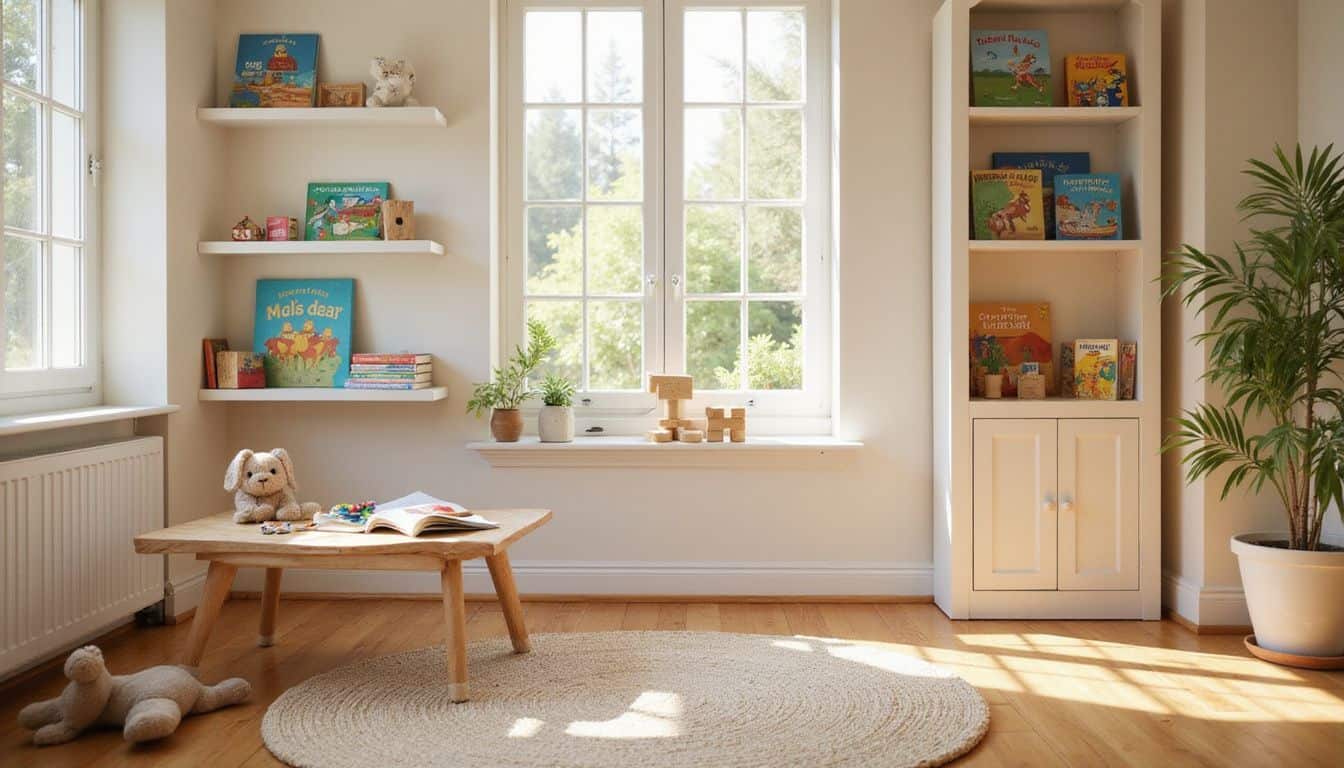
Start by checking if the class matches your child’s age. Babies and toddlers need age-appropriate activities to support their growth. For example, music and sensory play suit infants, while older kids can enjoy art or beginner STEM lessons.
Pay close attention to what excites your child at home—some love moving to songs, others build with blocks for hours.
Choose classes that fit these interests so learning feels fun, not forced. Ask other moms about their favorites or search community groups for ideas, especially free or affordable options like those at local libraries.
Watch how instructors plan activities; look for ones that focus on skills such as socializing or motor control based on your child’s needs. A good match helps both of you make friends while building confidence and new abilities together!
What should I look for in instructors and class environments?
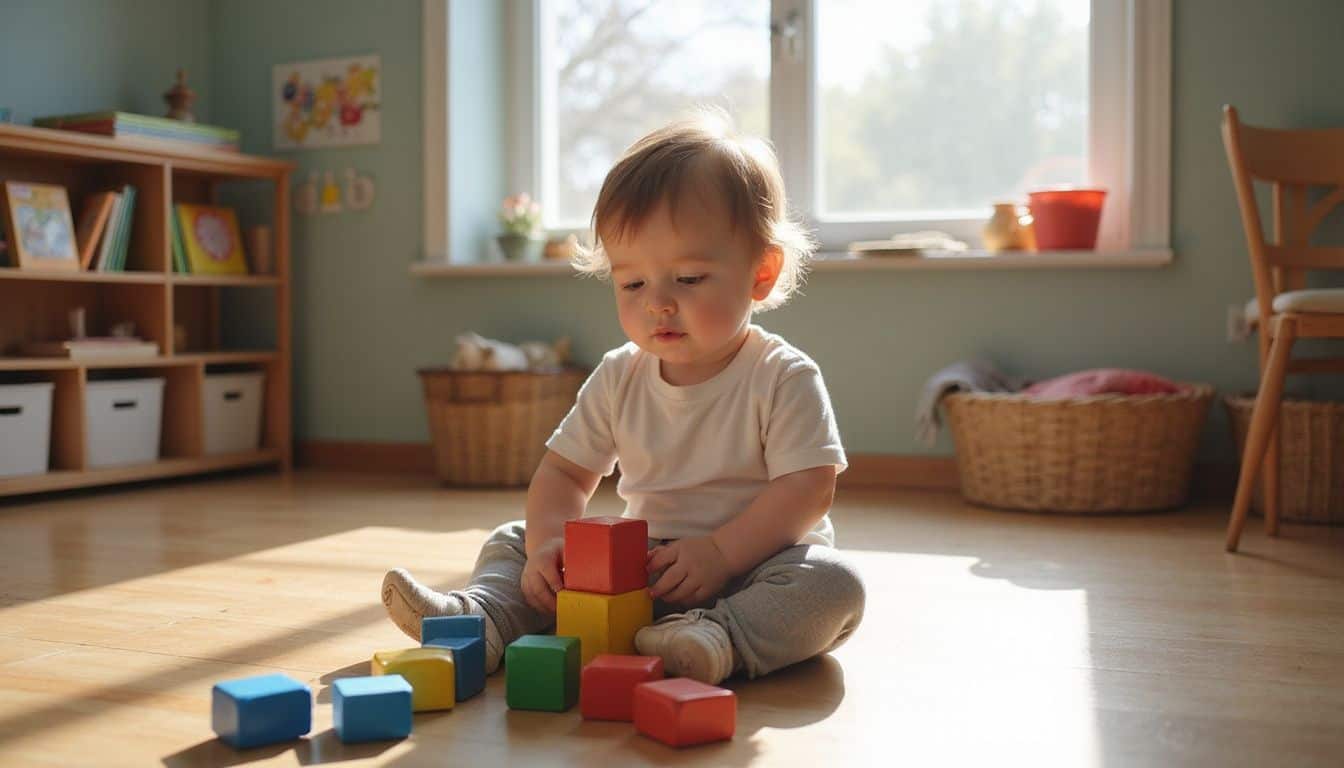
Choose instructors with real training in early childhood growth. Look for those who know how babies and young children learn. Check if they understand key milestones, such as speech, motor skills, and social behaviors.
Local moms often share honest reviews about teachers on Facebook groups or YouTube channels. Read feedback on trusted sites like Yelp before you sign up.
A good classroom feels safe and fun for both you and your child. It should have enough toys or learning materials that fit each activity, whether it’s music time or art projects.
Noise levels matter—too loud can overwhelm little ones; too quiet might bore them out quickly. Spaces at libraries or community pools sometimes offer free Mommy And Me classes but still focus on safety rules and friendly staff behavior.
Class choices include everything from fitness to STEM-focused workshops with hands-on tools like building blocks or simple science kits from Lakeshore Learning. Decide what works best by checking schedules against your needs for transportation and cost limits before moving into types of Mommy And Me classes available nearby.
How Will Mommy and Me Classes Evolve in 2025?
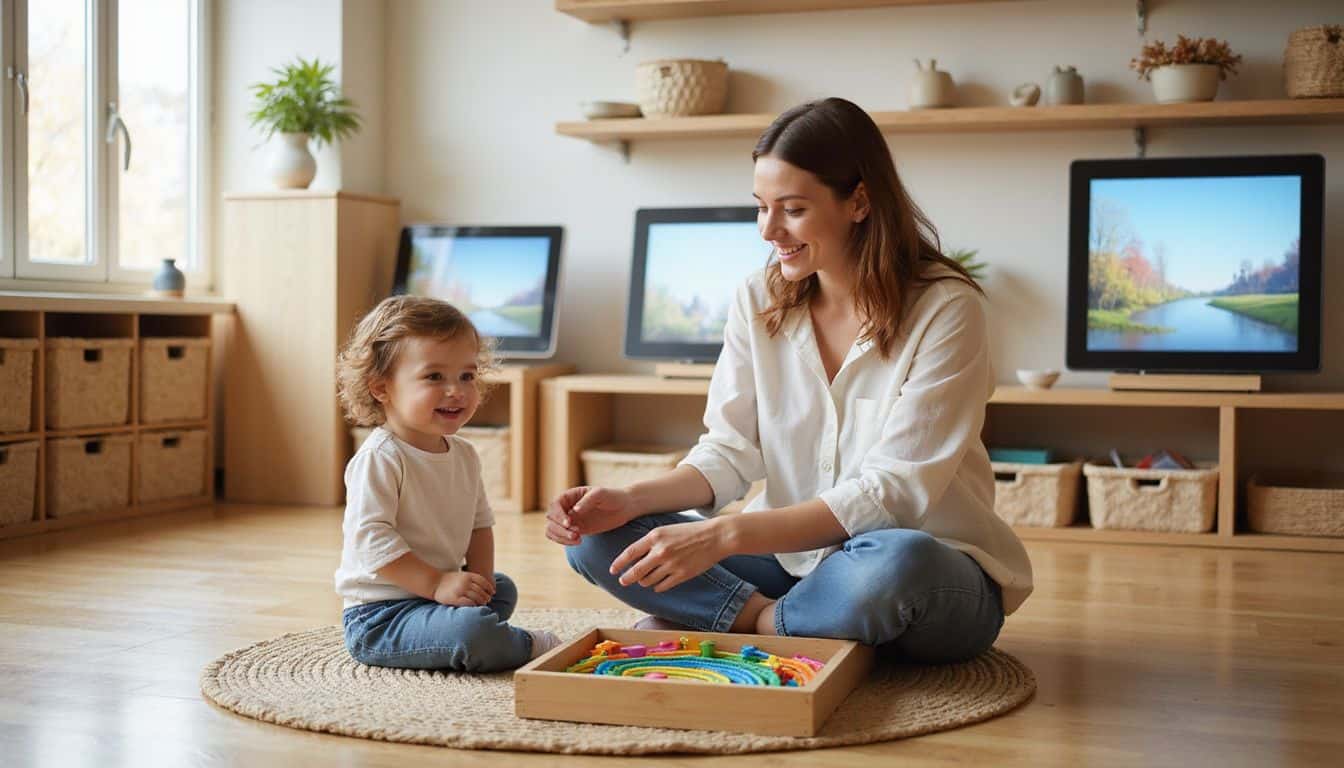
Technology will shape Mommy and Me classes in 2025. Parents can expect more options for virtual and in-person sessions, making it easier to join from home or the community center. Programs will include interactive screens, music apps, and even video calls with instructors.
Classes will focus on bonding activities for babies and toddlers ages 0-3 years. Sensory play stations, open-ended toys, and creative movement activities will be common. Organizations like local health centers, libraries, and non-profits plan to offer more choices, including sports or STEM groups.
Wellness support—such as mindfulness moments and simple parent fitness routines—will become a key part of most programs too.
People Also Ask
What are Mommy and Me classes, and who can join?
Mommy and Me classes are group activities for parents and their young children. Usually, mothers or fathers attend with infants or toddlers. These sessions focus on bonding, learning, and play in a safe space.
How do Mommy and Me classes help child development?
These classes boost early social skills through group play. Children also build motor skills by moving to music or playing with simple toys. Parents guide them during each activity which builds confidence for both.
Are there real benefits for parents in these programs?
Yes, parents meet others facing similar challenges which creates a support network right away. You learn new ways to engage your child while picking up tips from trained teachers as well as other caregivers.
What should I look for when choosing a class?
Pick classes that fit your schedule so you can attend often; consistency matters for kids’ growth. Look at the teacher’s background too since experienced leaders create better experiences for families seeking those seven key benefits of these programs.
References
https://fit4mom.com/blog/benefits-of-mommy-and-me-classes-the-fit4mom-difference
https://www.hisawyer.com/blog/5-ways-mommy-and-me-classes-benefit-you-and-your-child (2019-08-21)
https://assumption.academy/2022/04/why-mommy-and-me-classes-are-important-to-your-child/
https://www.newyorkfamily.com/benefits-of-group-classes-for-babies/
https://chambersmusicstudio.com/why-mommy-and-me-music-classes/
https://www.care.com/c/baby-and-me-yoga-benefits/ (2024-07-30)
https://kiddingaroundyoga.com/mommy-and-me-yoga/
https://theeverymom.com/what-are-mommy-and-me-classes/
https://www.thelittlegym.com/blog/how-mommy-and-me-activities-benefit-your-child/
https://www.theheybrook.com/blog/what-to-expect-from-your-first-mommy-and-me-class (2025-05-19)
https://upwards.com/post/how-do-i-choose-the-right-mommy-me-class-974
